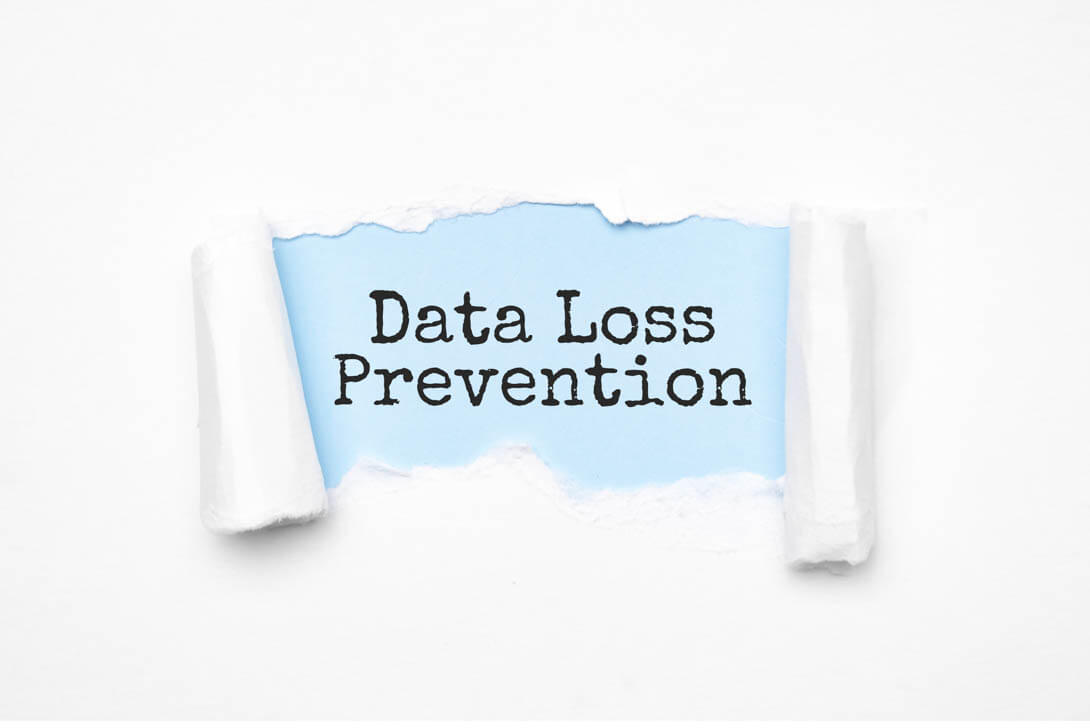What is DLP Strategy?
Data Loss Prevention i.e. DLP strategy solutions implemented through a CASB solutions never fail to impress provided it is taken from a trusted cloud security partner.
5 DLP Strategies for Data Security
As cloud adoption is becoming increasingly common among corporations, data storage over the cloud is commonplace, and thus data loss occurrences are getting frequent. It makes Data Loss Prevention (DLP) a need of the hour. With cloud seeping into our work systems, it is high time that companies designed the DLP deployment strategy to take their enterprise data security to the next level. Data Loss Prevention techniques render a robust protection system for sensitive data and critical information of any organization.
The conventional DLP measures are used for discovering Personal Information within organizational environments. It identifies different types of PI from their names along with phone numbers to even the government identifiers and credit card numbers. It helps in assembling more than one PI subsets quite accurately to identify complete records and even for doing all these in more than one language.
Other than that, DLP solutions given by a Cloud Access Security Brokers are also good to go. In cloud run work models, there are numerous unauthorized movements of critical data as users and employees transmit data in various ways in such BYOD culture with free data access from anywhere anytime, thus exposing sensitive information to multiple locations and many users. Insider threats also linger on, making systems shallow, if not protected smartly, which a CASB solution can do.
1. DLP Deployment Strategy
By implementing any DLP solution from a CASB vendor, some of the company’s funds and time would be used. So, you do not want to go wrong. Thus, the first step involves the right amount of research. It is useful if you could gain a basic understanding of the cloud security vendors, their solutions, with strengths as well as weaknesses. Some third-party cloud security vendors provide DLP solutions offering robust features, while still others may provide much less. Understand your requirements, office environment, and ways in which you want to protect your sensitive data before undertaking any DLP solution from a CASB vendor.
Also, you can leverage your professional networks and ask your peers, which DLP solutions they are using and what have been their milestones of success and even pain points they have experienced by DLP strategy solutions. Talk to multiple vendors, but narrow your selection field to only a few. Also, get price estimates for budget planning. Take trials of such solutions on their use cases and then decide finally.
2. Customize Solutions
Not every company is the same, and so are their security requirements. Each firm has its own set of conditions governing the kind of DLP protection they need to deploy concerning their work systems. When no two organizations can be alike, their DLP solutions must also be customized to suit their specific needs. The all-in-all one-size-fits-all approach cannot be applied while choosing yourself a DLP deployment strategy, so if some measures might be suitable for you, it might not be usable to your peer companies in other circumstances. So, with people wanting more meaningful choices and tailor-made security systems, a CASB customized approach helps a great deal to choose some specific policies and restrictions only as per need.
3. Identify Your Business Requirements
Before taking a DLP strategy solution from some CASB vendor, you must first check your business requirements specifically for data loss prevention. So before implementing a CASB solution, it is must know your business requirements, which must include the following aspects:
- Your system must have transparency so that it is clear to your users what they may expect after this deployment.
- Always consider the impact that the DLP solution will have on employee performance. With CASB, though, you can enjoy the same benefits of the cloud with no effect of flexibility. Thus productivity won’t hamper.
- Consider the need for a DLP solution for your organization
4. Define Cloud Security Needs
Once the business requirements are identified, you now need to sketch out the required set of cloud security requirements that are necessary to support your systems. Every business house has different requirements. So, once acknowledged this, it is time now to define the set of cloud security requirements specific to your work systems and the ones that would fit into your particular business needs.
5. Communication
DLP Strategy must be considered as a collaborative security solution. It must be introduced in a very positive light by explaining employees, users, stakeholders, partners, and other people involved with business about how it would protect the company’s sensitive data.
CloudCodes’ DLP Solution for Effictive DLP Strategy
CloudCodes DLP Solution for cloud security helps the organization in monitoring, tracking, and preventing business data on the cloud, while in use, in motion or at rest. To avoid data breach or data loss from cloud apps like G Suite, Office 365, Google Drive, Dropbox, One Drive, etc., Data Loss Prevention enables the IT admin of the organization to set up policies through the CloudCodes CASB dashboard. With these policies, businesses can keep a check on the way their data is being used and can track or restrict several functions like sharing, downloading, copying, printing, etc. for a single user, particular OUs, or the entire organization. Data loss protection solution also helps businesses adhere to compliances like PII, PHI, PCI, HIPAA, etc.

